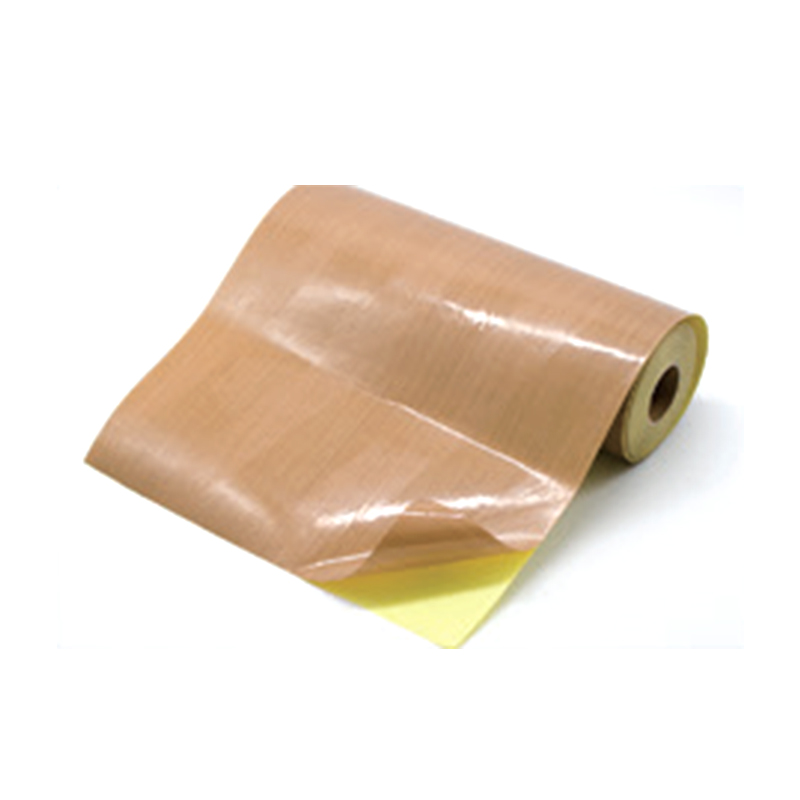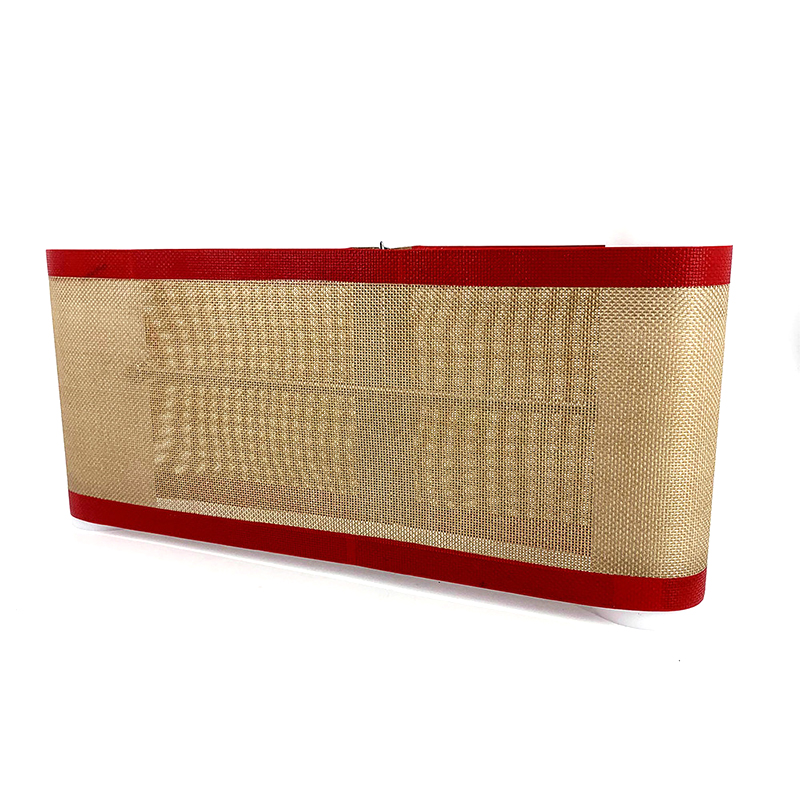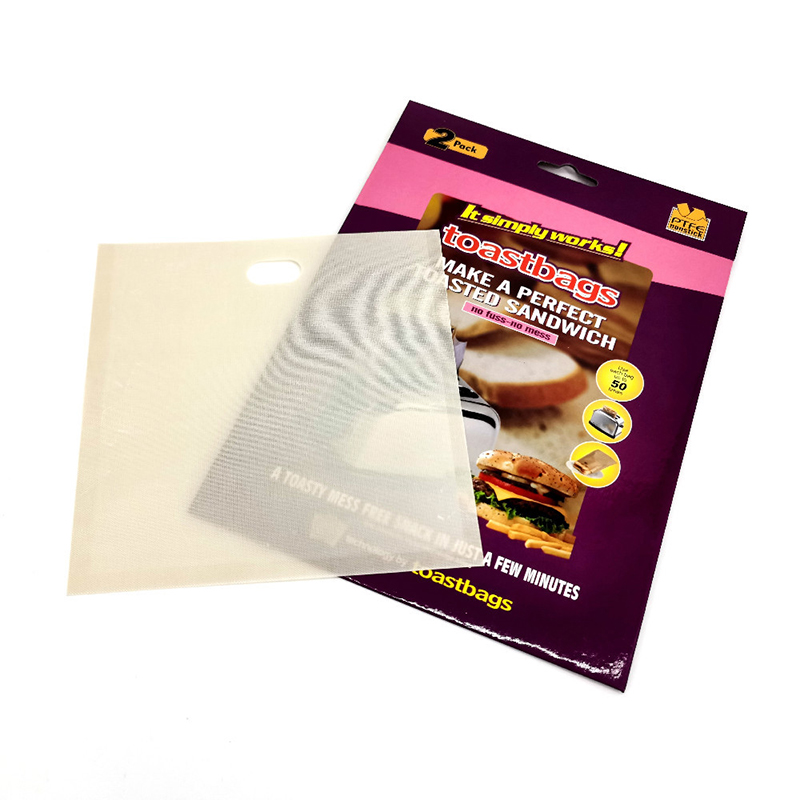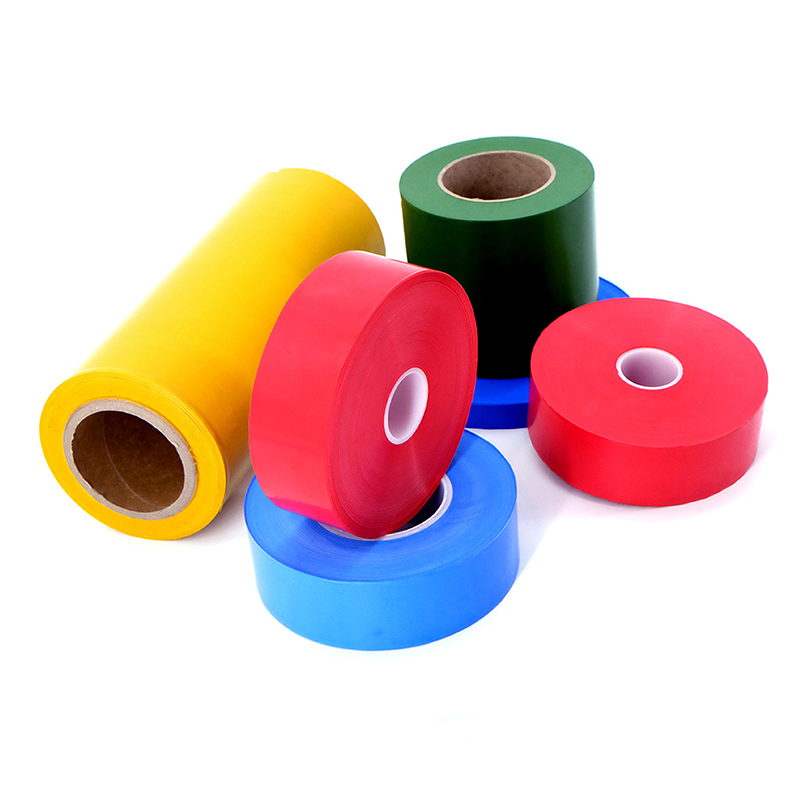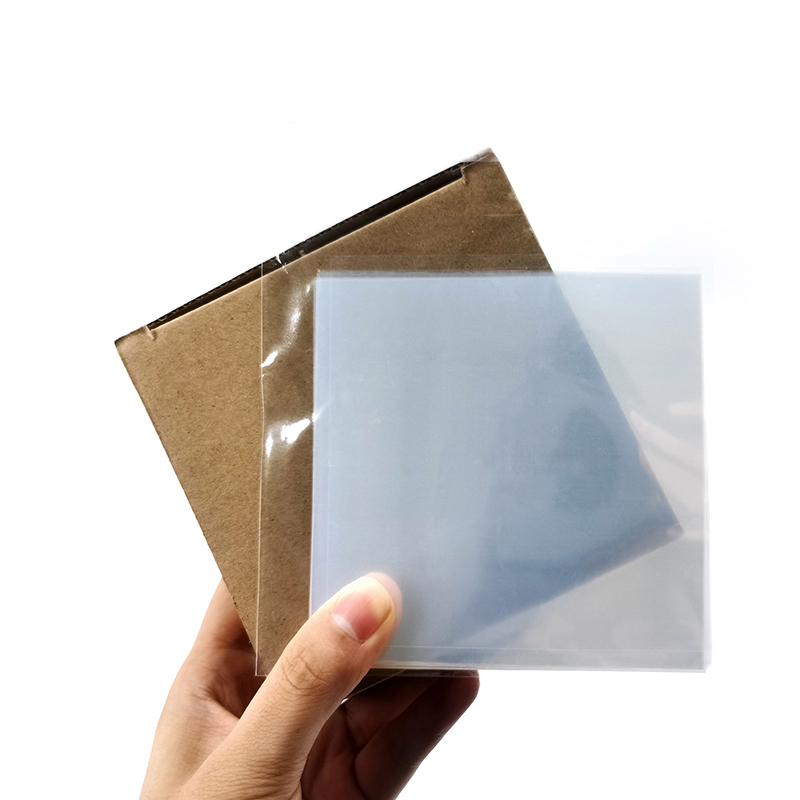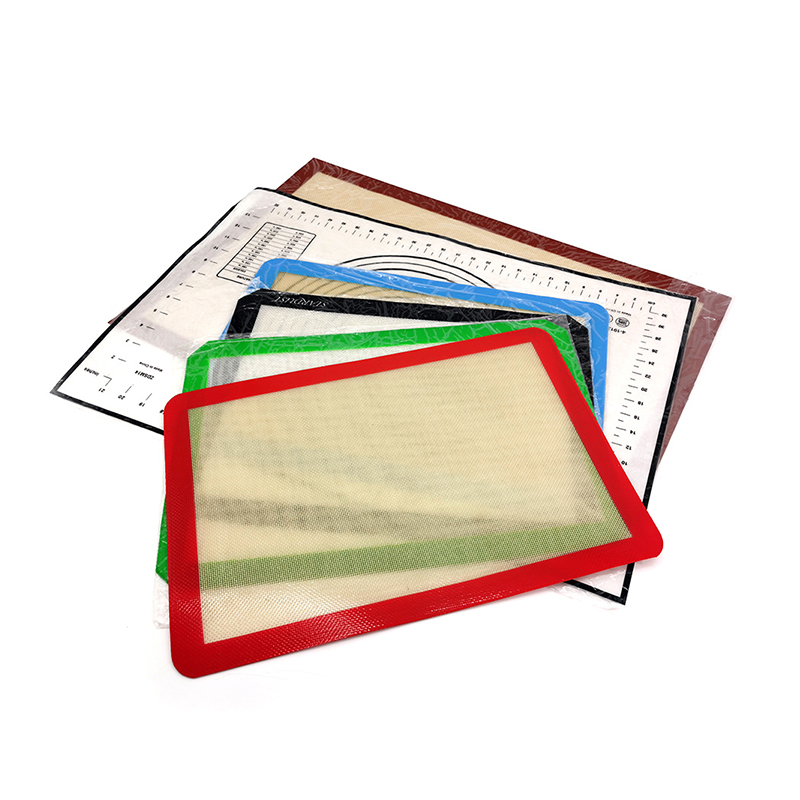PTFE Single Side Coated Glass Fabric: the pioneer of insulation in the field of electronics and electrical
In today's highly developed electronics and electrical industry, the choice of materials is directly related to the performance, reliability and safety of the product. Among many insulating materials, PTFE (polytetrafluoroethylene) single-sided coated glass cloth stands out with its excellent insulation performance, low dielectric constant, low dielectric loss and excellent high temperature resistance, becoming the preferred insulation material for key electronic components such as wires and cables, circuit boards, etc., and escorting the stable operation of electronic equipment.
1. Excellent performance of insulation performance
PTFE, as a synthetic organic polymer compound, has extremely high chemical stability and electrical insulation due to its unique molecular structure. When this high-performance material is applied to glass cloth in the form of a single-sided coating, it not only retains the excellent properties of PTFE, but also enhances the overall durability through the mechanical strength of the glass cloth. This combination enables PTFE Single Side Coated Glass Fabric to show extraordinary insulation ability in the field of electronics and electrical, which can effectively prevent abnormal leakage of current, reduce electromagnetic interference, and ensure the clarity and accuracy of signal transmission, thereby improving the stability and reliability of the entire electronic system.
2. Advantages of low dielectric constant and low dielectric loss
In high-frequency circuit applications, dielectric constant and dielectric loss are important indicators for measuring the electrical properties of materials. PTFE Single Side Coated Glass Fabric, with its extremely low dielectric constant and dielectric loss, reduces energy loss during signal transmission and improves the speed and efficiency of signal transmission, which is crucial for modern high-speed communication equipment and precision electronic instruments. This feature makes this material occupy a place in high-end applications such as high-frequency circuit boards and microwave transmission lines.
3. Excellent display of high temperature resistance
With the trend of electronic equipment towards miniaturization, integration and high power, higher requirements are placed on the high temperature resistance of insulating materials. With its excellent high temperature resistance, PTFE Single Side Coated Glass Fabric can maintain stable electrical properties and physical form in extremely high temperature environments, without melting or softening, ensuring the continuous and reliable operation of electronic equipment under high temperature conditions. This feature makes it an ideal choice for the manufacture of electronic equipment in high temperature environments such as aerospace, nuclear energy, and automotive electronics.
4. Wide application and future prospects
With the advancement of science and technology and industrial upgrading, the application field of PTFE Single Side Coated Glass Fabric continues to expand. From traditional wires and cables, circuit boards to emerging flexible electronics, wearable devices, 5G communication base stations, etc., it can be seen. In the future, with the further development of materials science and the optimization of processing technology, the performance of PTFE Single Side Coated Glass Fabric will be even better, and the cost will be further reduced, bringing more possibilities to the electronic and electrical industry, and promoting the entire industry to develop in a more efficient, environmentally friendly and intelligent direction.
PTFE Single Side Coated Glass Fabric has shown strong competitiveness and broad application prospects in the electronic and electrical field with its excellent insulation performance, low dielectric constant, low dielectric loss and high temperature resistance. It is not only the preferred insulating material for current electronic components, but also an important force to promote technological progress and industrial upgrading in the electronic and electrical industry.



 English
English Español
Español русский
русский
